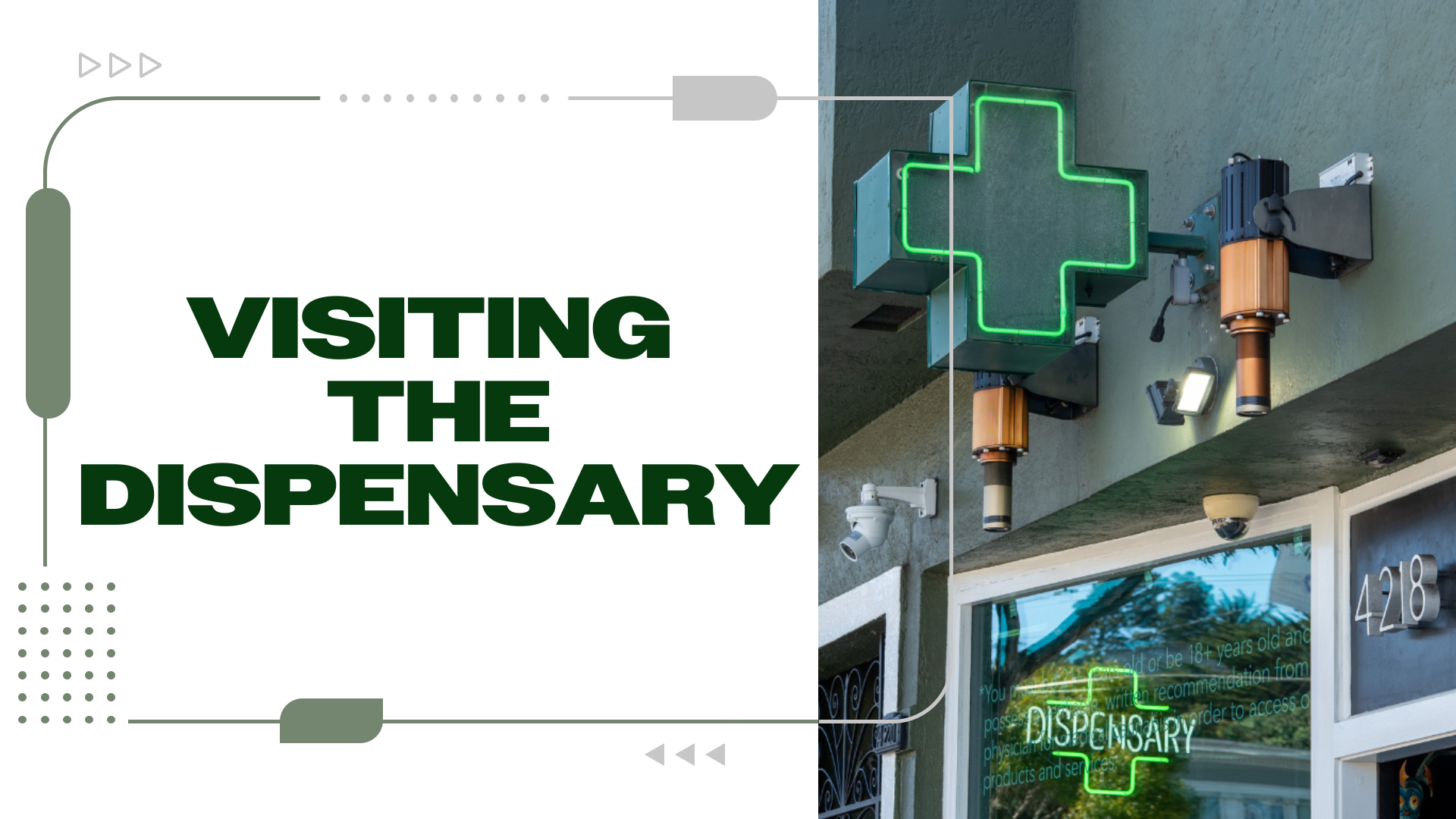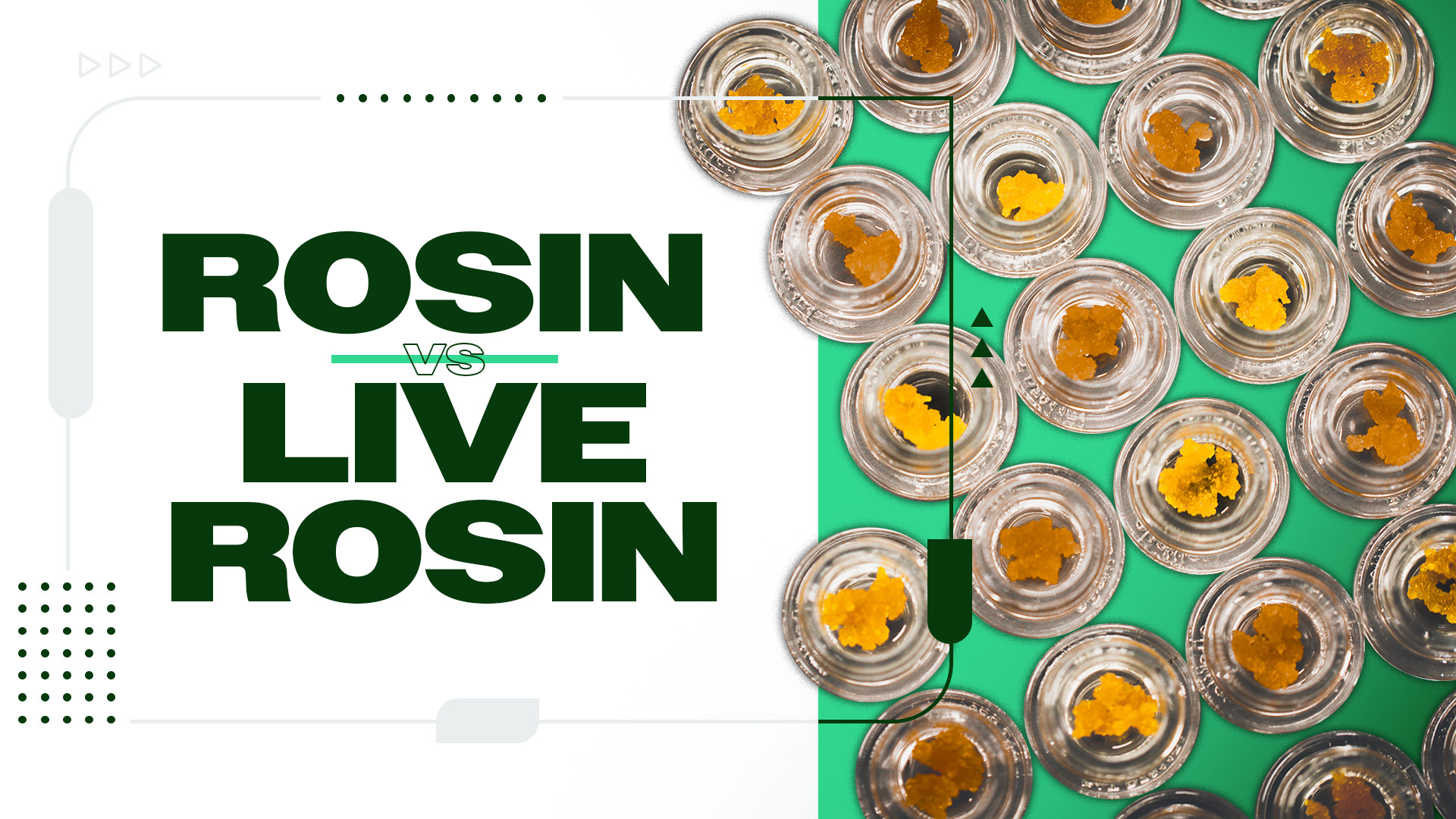It was 1978. Nearly a decade after the Stonewall riots, the fight for LGBTQIA+ rights was still in full swing. The world didn’t yet know it was tumbling toward a terrifying AIDS epidemic that would soon reignite hate and fear against the gay community.
Instead, the LGBTQIA+ community launched into 1978 with a rising hope as first-of-their-kind anti-discrimination laws were enacted and dated anti-sodomy laws were repealed. Protests and rallies amassed unprecedented numbers of attendees. It was at one of these demonstrations that Gilbert Baker—proud gay man, drag queen, and self-appointed “gay Betsy Ross”—first revealed his now-iconic rainbow flag.
Gilbert Baker’s Background as a Vexillographer
According to Biography.com, Baker’s flag-making (also known as “vexillography”) career “spanned thirty years and broke two world records.” By the time of his death in 2017, Gilbert Baker had become a go-to artist for local, state, and national demonstrations. He had even designed flags for such impressive world leaders as the Premier of China, the King of Spain, the President of France, and the President of Venezuela. In 1992, Bill Clinton hung one of Gilbert Baker’s rainbow silk screens in his West Wing office at the White House.
Prior to his mainstream professional success, Baker’s flag-making was rooted in advocating for his own personal causes. His first flags and banners were designed for anti-war protests during the Vietnam War and gatherings on behalf of the gay liberation movement.
The Debut of the First Rainbow Flag
On June 25, 1978, the first two rainbow pride flags flew in the San Francisco Gay Freedom Day Parade. Unlike the flag we see today, the original design consisted of eight (rather than six) colored stripes. These colors included:
- Hot pink (sexuality)
- Red (life)
- Orange (healing)
- Yellow (sun)
- Green (nature)
- Blue (art)
- Indigo (harmony)
- Violet (human spirit)
There is a difference in opinions as to why two of the colors were eliminated. Some claim that gay rights leader Harvey Milk and filmmaker Artie Bessan, Jr. had informed Baker that the pink stripe was too depressingly reminiscent of the Nazi regime’s pink triangle during the Holocaust. Others feel the decision was much more pragmatic: Pink fabric was hard to find and cost-prohibitive. With the elimination of the pink stripe, a second stripe was removed to maintain symmetry.
We learn in Gilbert Baker’s posthumously released memoir, Rainbow Warrior: My Life in Color, that the flag’s rich, multicolored design was inspired by an LSD-fueled night in San Francisco. He notes that a rainbow of bright colors flashed from his fellow dancers’ bold wardrobe choices and hair dyes.
Why You Should Get Your Medical Marijuana Card
Veriheal has satisfied millions of patients nationwide by giving them access to these benefits
- Larger purchase limits
- Peace of mind
- Enhanced legal protection
- Access to higher potency strains
- Save up to 25% on cannabis purchases
- Skip the line at the dispensary
Baker is also famously quoted for the statement: “What I liked about the rainbow is that it fits all of us. It’s all the colors. It represents all the genders. It represents all the races. It’s the rainbow of humanity.”
In 2015, when an interviewer from the New York Museum of Modern Art asked about his attraction to flags as an artistic medium, Baker replied that “flags are about proclaiming power, so it’s very appropriate” to his work in supporting the gay liberation movement and other important causes.
Thus, Baker’s intent to create an empowering symbol of inclusiveness and hope resulted in the rainbow flag we know and love today.
The Pride Flag’s Rise in Popularity
The demand for Gilbert Baker’s rainbow flag exploded following the unexpected assassination of Baker’s fellow LGBTQIA+ activist and the first openly gay man to hold a major office in the U.S. government: Harvey Milk. Baker and Milk had been close, both at the forefront of San Francisco’s gay liberation movement. It was Harvey Milk who told Baker, “You have to give them hope.” This is a sentiment Baker carried with him in his art and advocacy.
On Nov. 27, 1978, former San Francisco city supervisor Dan White assassinated Mayor George Moscone and Supervisor Harvey Milk at San Francisco City Hall.
The tragedy ignited a 30,000-person candlelit march in Milk’s honor. Baker’s flags waved in commemoration and went on to be mass-produced in an ever-lasting symbol of hope, community, and inclusion for LGBTQIA+ individuals throughout the decades to come.
Today, rainbow flags fly en mass at Pride celebrations worldwide. We see them hanging in windows on an ordinary day—even encapsulated in bumper stickers. Gilbert Baker not only left a legacy within LGBTQIA+ culture but also left his mark on our broader communities in which LGBTQIA+ individuals now proudly claim their space as equals thanks to such bold leaders as Milk and Baker.
The momentum behind the rainbow flag shows no sign of slowing.
Author, Share & Comments















